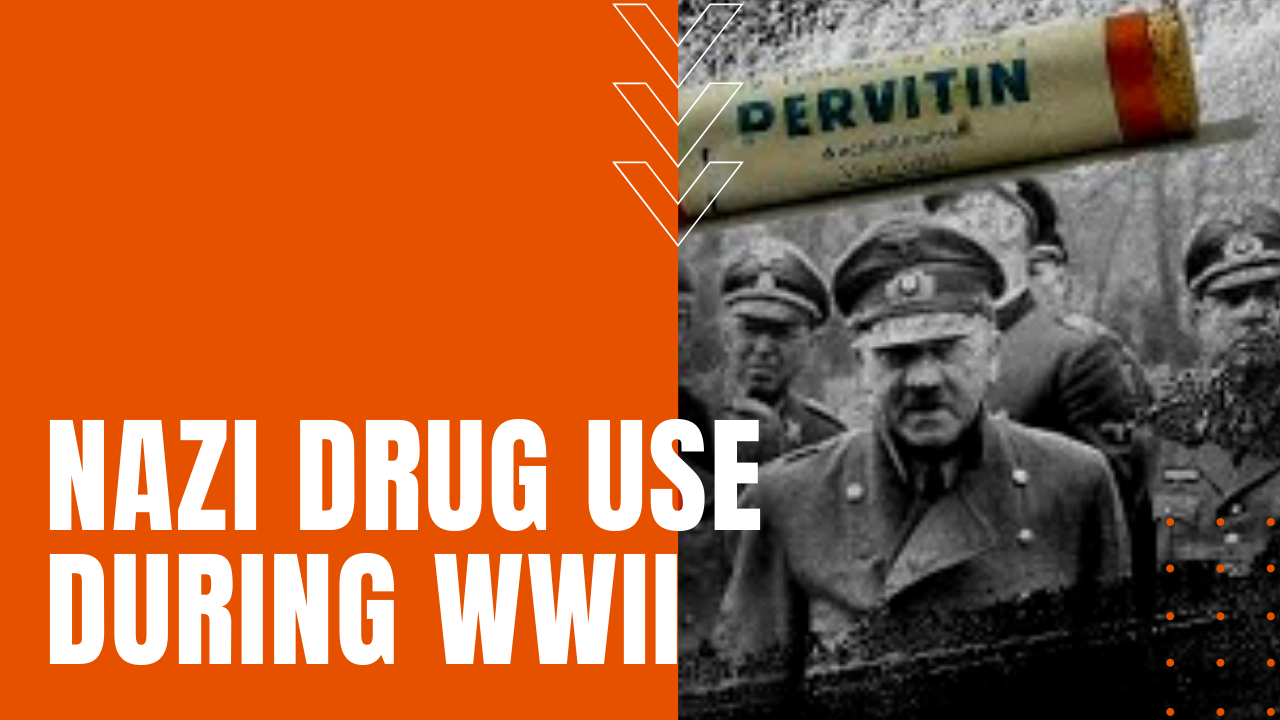Nazi Use of Performance Enhancing Drugs

In his bestselling German-language book, which translates as “Total Rush” in English, author Norman Ohler presents irrefutable evidence of regular drug use by Adolf Hitler, as well as many in the Nazi high command and soldiers of the Wehrmacht armed forces.
Methamphetamine Use By Nazis
After Ohler discovered detailed records left by Dr. Theodor Morell, Hitler’s personal physician, Ohler discovered that the use of methamphetamine or crystal meth was a widely-used drug of choice throughout the Nazi war machine, which allowed Wehrmacht soldiers to stay awake for days on end, while marching endless miles without rest.
Developed by Temmler Pharmaceutical Company of Berlin, Pervitin was first introduced in 1938, marketed as a magic pill for alertness and energy, prompting military doctor Otto Ranke to dose 90 college students with the drug, concluding that the widespread use of Pervitin would help Germany win the war.
In response, after the so-called “stimulant decree” of April, 1940, Pervitin was distributed by the millions to Wehrmacht troops, where the drug fueled the Nazis’ 1940 Blitzkrieg into France through the Ardennes mountains.
Allied Soldiers on Speed and Göring on Morphine
Nor were the Nazis alone in using performance-enhancing drugs, since other records point to widespread use of Benzedrine or speed by Allied soldiers, intended to overcome battle fatigue during long engagements in the field. “Not all the Nazis took every drug,” Ohler clarified in an interview, since others like Hermann Göring used much stronger drugs than Pervitin, giving him the nickname “Möring” for his steady use of morphine.
Hitler’s Drug Use
Morell’s notes further reveal that the doctor injected Hitler some 800 times over the war years, including amphetamines, barbiturates and Eukodal, which was the German brand name for the synthetic opiate oxycodone.
Later in the war, as things began to go badly for the Nazis and their Axis brethren, Morell injected Hitler with Eukodal before a key meeting with Italian dictator Benito Mussolini, while in the spring of 1945, shortly before Hitler’s death by suicide, Morell’s records indicate that the Führer was most likely deep into oxycodone withdrawal, due to Morell’s inability to access the drug in the bombed-out destruction of greater Berlin, giving new meaning to the definition of “blitzed” in the Nazis’ offensive strategy of Blitzkrieg.
